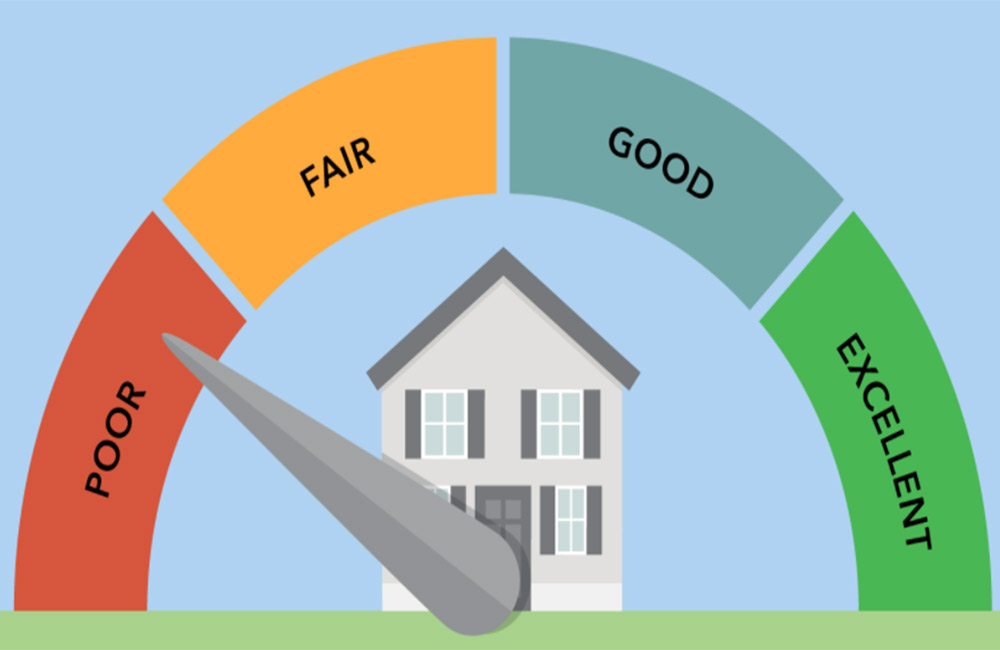Credit rating agency Standard and Poor (S&P) has downgraded Sri Lanka’s credit rating to negative from stable. The agency downgraded Sri Lanka's ‘B’ rating to ‘negative’ from stable on account of the various tax cuts by implemented by the new administration.
As a result, Sri Lanka's sovereign dollar-denominated bonds came under pressure on Tuesday citing increased risks from a deteriorating fiscal position. The negative outlook reflects their view that a larger-than-expected fiscal deficit will increase the government’s financing needs and concerns over debt sustainability.
“The negative outlook reflects our view that Sri Lanka’s fiscal trajectory over the next two to three years could deviate from a fiscal consolidation path,” the rating agency said adding that the sizable deficits will add to Sri Lanka’s already-large debt stock at a faster pace.
Sri Lanka must also repay US$ 4.8 billion, as external foreign debt this year, which is thus far the largest debt repayment in the history of Sri Lanka.
Fitch Ratings downgrade
Meanwhile, Fitch Ratings had previously revised the outlook on Sri Lanka’s Long-Term Foreign-Currency Issuer Default Rating (IDR) to 'Negative' from 'Stable' in December 2019 citing rising risks to debt sustainability from a significant shift in fiscal policy and the potential for roll-back of fiscal and economic reforms in the aftermath of Presidential elections in November.
The need for using scarce money prudently
Former Central Bank Deputy Governor Dr. W. A. Wijewardena recently in an op ed observed that the new government is seeking a Parliamentary majority in the upcoming general election and as a result, all governmental resources are now being diverted to attaining that goal at the expense of sound economic policies.
"At a time when the Treasury was limping with a huge cash shortage, (The President) has offered a costly tax cut to citizens and jobs for 100,000 Samurdhi kids. The first would drain the Treasury of a promised revenue flow of about Rs. 600 billion and the latter would impose an unexpected cost of Rs. 42 billion on his already fragile budget numbers. That latter amount is a lot of money equal to the annual administration budgets of some 14 state universities," he said.
"This is a serious choice to be made by a government which is planning to increase the university admissions by about a quarter by establishing 300 odd university colleges. The government does not have money for this and, hence, the available moneys will have to be spent prudently," he pointed out.

Leave your comments
Login to post a comment
Post comment as a guest